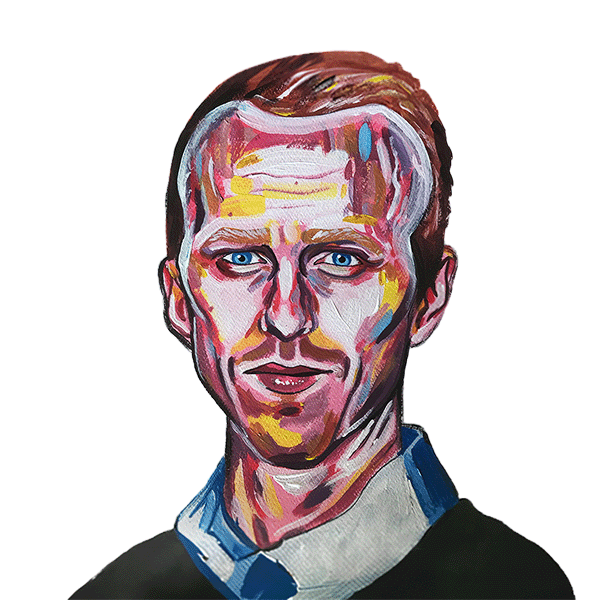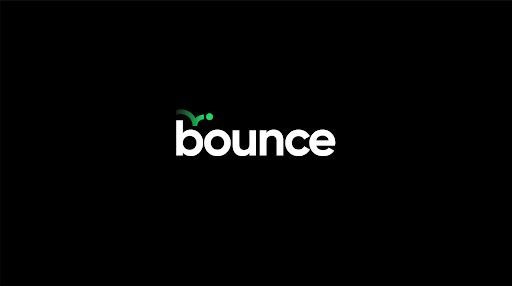People Analytics and Its Identity Crisis

Billy Connolly once put it in one of his many sketches (to be read in Scottish accent) “ask a wildebeest whether it’s a wildebeest? Aye that’ll be right, I’m no a wildebeest, I’m one of those stripey things over there”. Much like the wildebeest, for me, people analytics sometimes struggles with an identity crisis.
A common thread that I’ve been following of late is discussing that the focus of people analytics should be on solving business problems. Sensible, and hard to disagree with. I do however think that if you’re not careful it wrongly biases the focus of a people analytics team. What can happen is that it starts to distance your people analytics team from the HR function they are part of.
Speak to any people analytics team, leader, or professional and they will all unequivocally tell you the value they could add. There can however be the frustration of feeling like they are not in the right room or conversations to add that value. It won’t be said out loud, but under hushed breath “if only we could work with the business directly”.
I think our interpretation on the “focus on solving business problems” differs from many others. In our view, focusing on solving business problems is not a strategy for people analytics, but rather a reminder to stay relevant. It is a gentle encouragement to move away from navel-gazing, the research for research’s sake, or looking at interesting projects just because they are, well, interesting. What the phrase is getting at is the need for your team’s output to be actionable.
HR is a support function. Its role is to help solve business problems. If HR is more effective, it is by definition solving business problems so that’s where a people analytics team’s focus should be. Forget the business, focus on HR.
To unpack that a little, does supporting your recruitment teams in reducing time to hire, or secure a better quality of hire help the business? Does arming your diversity, inclusion and belonging team with the relevant data they need help the business? Does helping your HRBP’s with new ways of thinking about succession planning help the business? These are all of course rhetorical questions but you hopefully get the point.
The challenge on this view can be around prioritisation, on whether these are the right things to be focusing on, which brings us back to the “focus on solving business problems” viewpoint. If your HR colleagues are doing an effective job, and you as a people analytics team are asking the right questions, then the prioritisation of work happens naturally.
Here at Spotify we are taking this a step further and integrating the capability we have developed in Disco in a far more fundamental way. We have a strong belief that the long-term success of people analytics is far more subtle than many others think. Big, one-off projects that are heralded as best practice, but that is just too deliberate. I think people analytics can be considered a success when it’s so deeply woven into how a HR function is working that you don’t know it’s there.
It’s what we’re calling internally: the new age of HR insights. Analytical output that is deeply integrated within a product suite that is both driving the core employee experience and improving the effectiveness of HR.
Importantly though, HR focused.
The output of our people analytics team now is not about analysis but rather about products which analysis is a part of.
Disco was the first of these products and will provide the foundation block for what follows after. It’s an internal product that reimagines how Spotifiers (both from across the business and colleagues in HR) can interact with data in their decision making process. The important aspect of this is that we’ve thought of our employees as customers. And what we’ve solved for is “how do we create an experience that they are going to want to use and that adds value to their work?”.
It might feel like I’m playing around with semantics here, or I am in fact Billy Connolly’s wildebeest that thinks it’s a zebra. The reality however is that analysis of any type is always part of a bigger puzzle. What I’m proposing is people analytics can take much more ownership of the puzzle rather than one of the pieces.
To explain this further, it might feel subtle, but the use of the word product is very deliberate. In developing a product you have to be able to articulate a value proposition. The value proposition is the promise of value to be delivered. It’s the primary reason someone should use your product. Put another way, it’s a clear statement that explains how your product solves “customer” problems or improves their situation, delivers a specific set of benefits, and tells your “customer” why they should be using your product instead of what they are currently doing (there was a lot of “” in that sentence, for which I can only apologise).
My point with this is your analysis isn’t the product. You need to think of it as part of something bigger that your stakeholders can use again and again.
Where possible I like to give a tangible example that brings all of this to life but the reality is I don’t want to ruin the surprise of what we’re working on. What I can say is the people analytics team here at Spotify will be releasing products that are focused on improving HR. That’s not because we don’t like the idea of being a zebra, we’re just happy being a wildebeest.



